November 16, 2024- Do you know how your currency stacks up against others? Or have you ever wondered how far your money would go if you spent it in another country?
The strength of a currency says a lot—it reflects a nation’s economy, political stability, and ability to thrive in global markets. But what exactly makes a currency strong? From the country’s natural resources, like oil or gold, to its economic policies and trade relationships, every detail plays a role in determining its value.
These aren’t just numbers on a screen; they tell stories of progress, resilience, and smart policies. While understanding these currencies can help in global trade, investing, or even planning your next international trip, it also gives you insight into how different economies are evolving.
As we count down the top 10 strongest currencies in Africa for 2024, you’ll see how each one holds its ground in the world economy, backed by strategic reforms, resource management, and global influence.
Whether you’re a traveler, investor, or simply curious about how currencies reflect national power, this list provides a detailed look at the economic forces shaping the African continent.
All data in this article is based on the Forbes Currency Calculator as of November 11th, 2024.
10. Namibian Dollar (NAD) – $0.056074
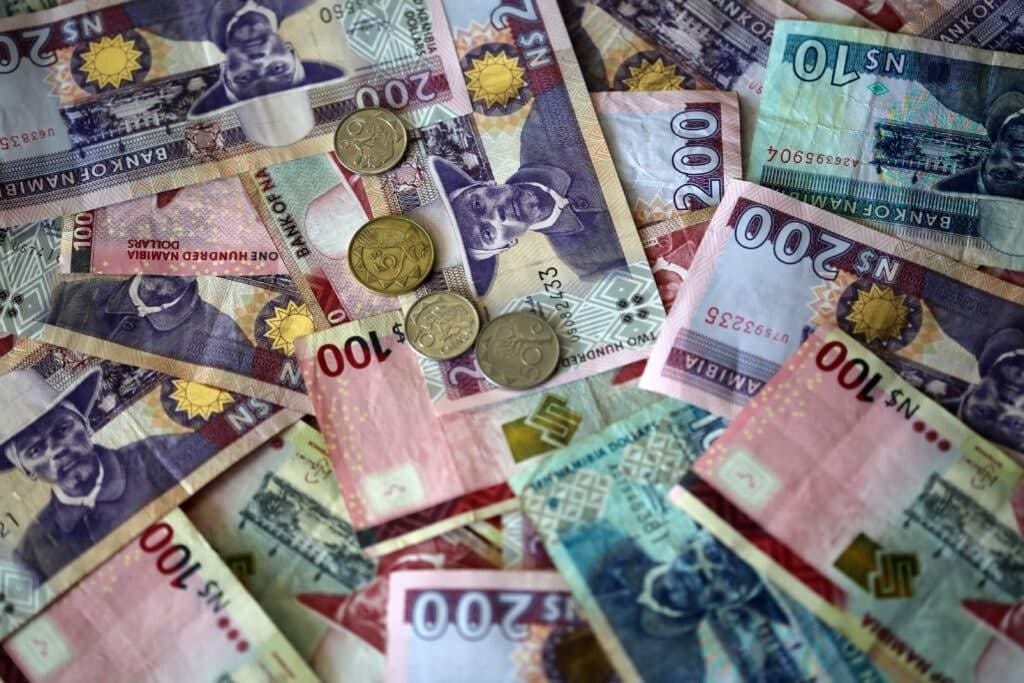
Namibia's currency, valued at approximately $0.056074, might not be the flashiest, but it’s built on solid ground. Did you know it’s pegged to the South African Rand? This connection helps Namibia maintain a stable exchange rate, making trade within Southern Africa much smoother.
Namibia’s economy thrives on mining—it’s one of the world’s top uranium producers and is also known for its diamonds. Beyond mining, Namibia is gaining recognition for its efforts in renewable energy. With its political stability and well-developed infrastructure, the Namibian Dollar holds its value and continues to be a reliable player in the region.
9. Lesotho Loti (LSL) – $0.056074
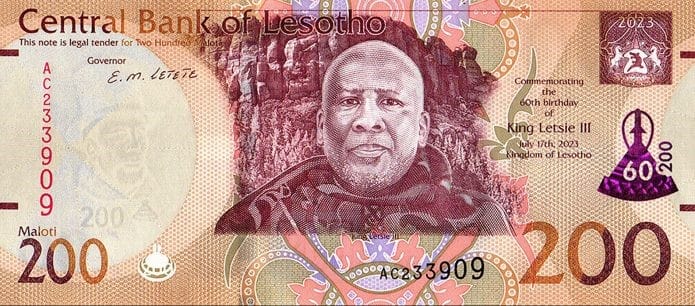
The Lesotho Loti, with a value of $0.056074 is also tied to the South African Rand. This means its value benefits from South Africa’s economic strength while allowing Lesotho to maintain its identity.
Lesotho’s economy may be small, but it’s making waves with its textile exports and agriculture. Did you know that Lesotho is a top supplier of water to South Africa? On top of that, the government is pushing for renewable energy projects, which are slowly attracting foreign investors. All of this keeps the Loti steady in value and helps Lesotho stay competitive.
8. Swazi Lilangeni (SZL)
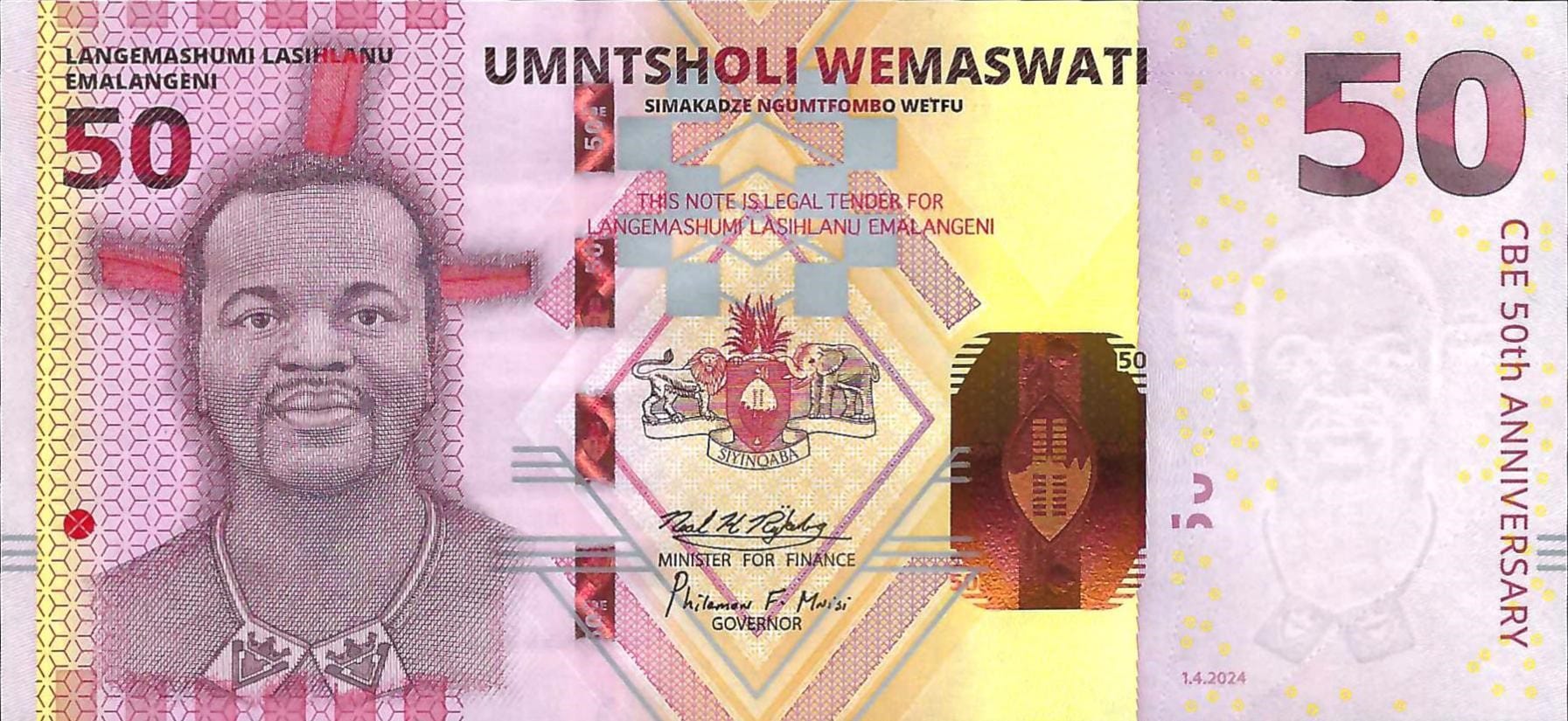
The Swazi Lilangeni, valued at $0.056093 is another currency pegged to the South African Rand—it’s a key part of Eswatini’s economic stability. Eswatini (formerly Swaziland) relies heavily on sugar production and its growing textile industry.
One interesting fact? Eswatini is one of the few African countries focusing on regional economic integration. This means they’re working with neighboring countries to improve trade and create a stronger collective market. The Lilangeni’s value reflects this steady growth and forward-thinking approach.
7. Ghanaian Cedi (GHS)
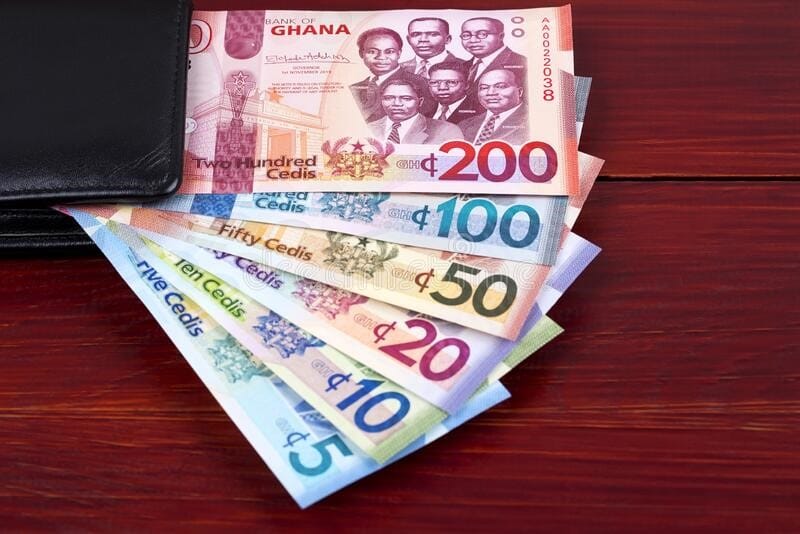
Ghana’s currency, the Cedi, holds a value of $0.061158. It has been through some ups and downs, but in 2024, it’s showing real strength. What makes the Cedi stand out? Gold and cocoa. These two exports have been the backbone of Ghana’s economy for years. But it’s not just about what Ghana’s been doing—it's also about what they're planning.
The country is pushing hard to diversify, attracting investors in technology, renewable energy, and infrastructure. Plus, remittances from Ghanaians abroad have been a steady source of support for the economy. With the government making smart moves to stabilize the Cedi, Ghana’s currency is holding strong in a competitive market.
6. Eritrean Nakfa (ERN)
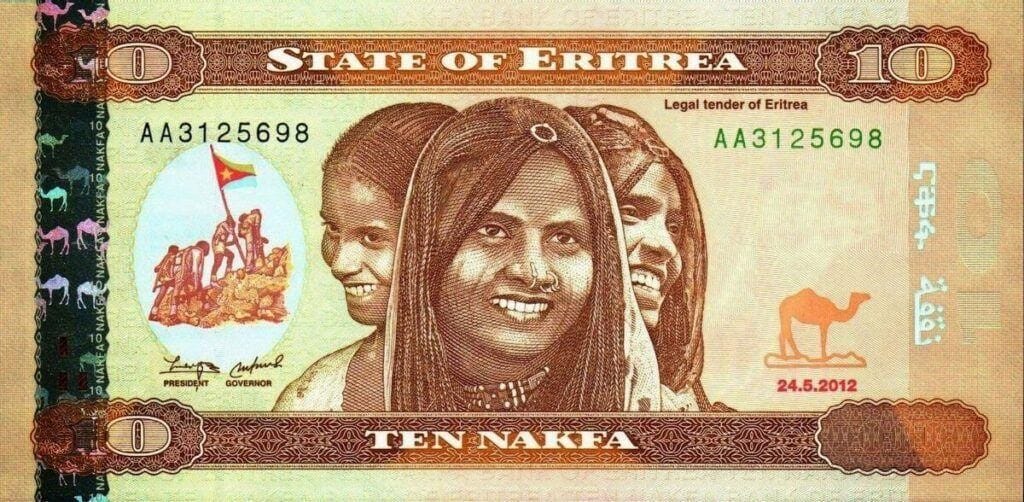
The Eritrean Nakfa, valued at $0.066667 isn’t one of the most well-known currencies, but it’s strong and steady. It operates on a fixed exchange rate policy, meaning its value doesn’t fluctuate wildly in global markets. The Nakfa is backed by Eritrea’s mining industry, especially gold, which is a major player in the country’s economy.
Eritrea isn’t without its challenges, though. Political instability has sometimes cast a shadow over its growth. But the Nakfa remains strong, thanks to a controlled economy and the country’s focus on its key sectors: mining and agriculture. It might not get a lot of attention, but the Nakfa holds its ground.
5. Botswana Pula (BWP)
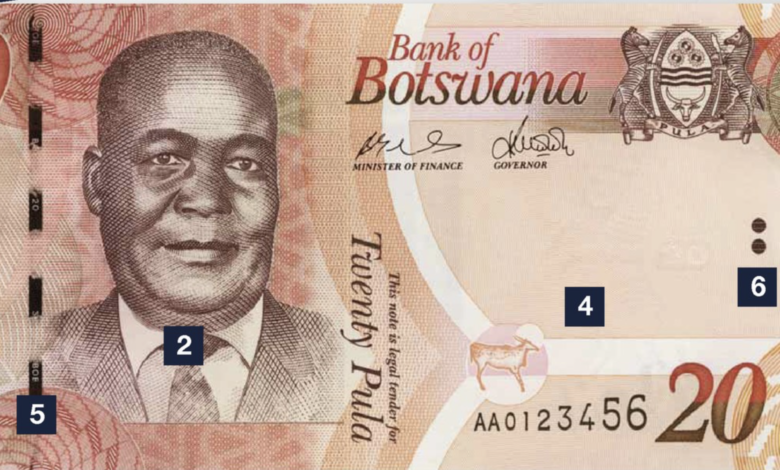
The Botswana Pula, worth $0.074292, is one of Africa’s most stable currencies—and it has the reputation to back it up. Why? Because Botswana’s economy is rock solid, thanks to diamonds. But it’s not just about the resources; Botswana has built its success on smart policies, transparency, and good governance.
What sets the Pula apart is the country’s investment-friendly environment. Botswana's government has made sure to foster a climate that attracts foreign investors. Combine that with a thriving tourism industry and a strong financial system, and the Pula stands out as one of the top currencies on the continent.
4. Seychellois Rupee (SCR)
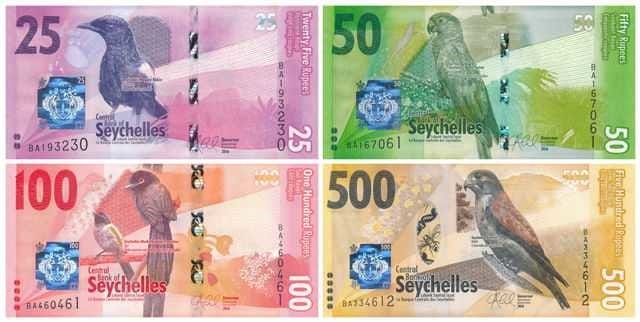
The Seychellois Rupee, valued at $0.074487, might be one of the smaller currencies on this list, but don't let its size fool you. This currency is propped up by one thing: tourism. Seychelles, with its stunning beaches and luxury resorts, attracts millions of tourists every year, pumping money into the economy.
But there's more to it. The fisheries sector and solid government policies are keeping the currency strong. The Seychellois government has also put efforts into diversifying its economy, making sure that the currency’s strength isn’t reliant on just one sector. All this helps the Rupee maintain its value and stay competitive.
3. Moroccan Dirham (MAD)
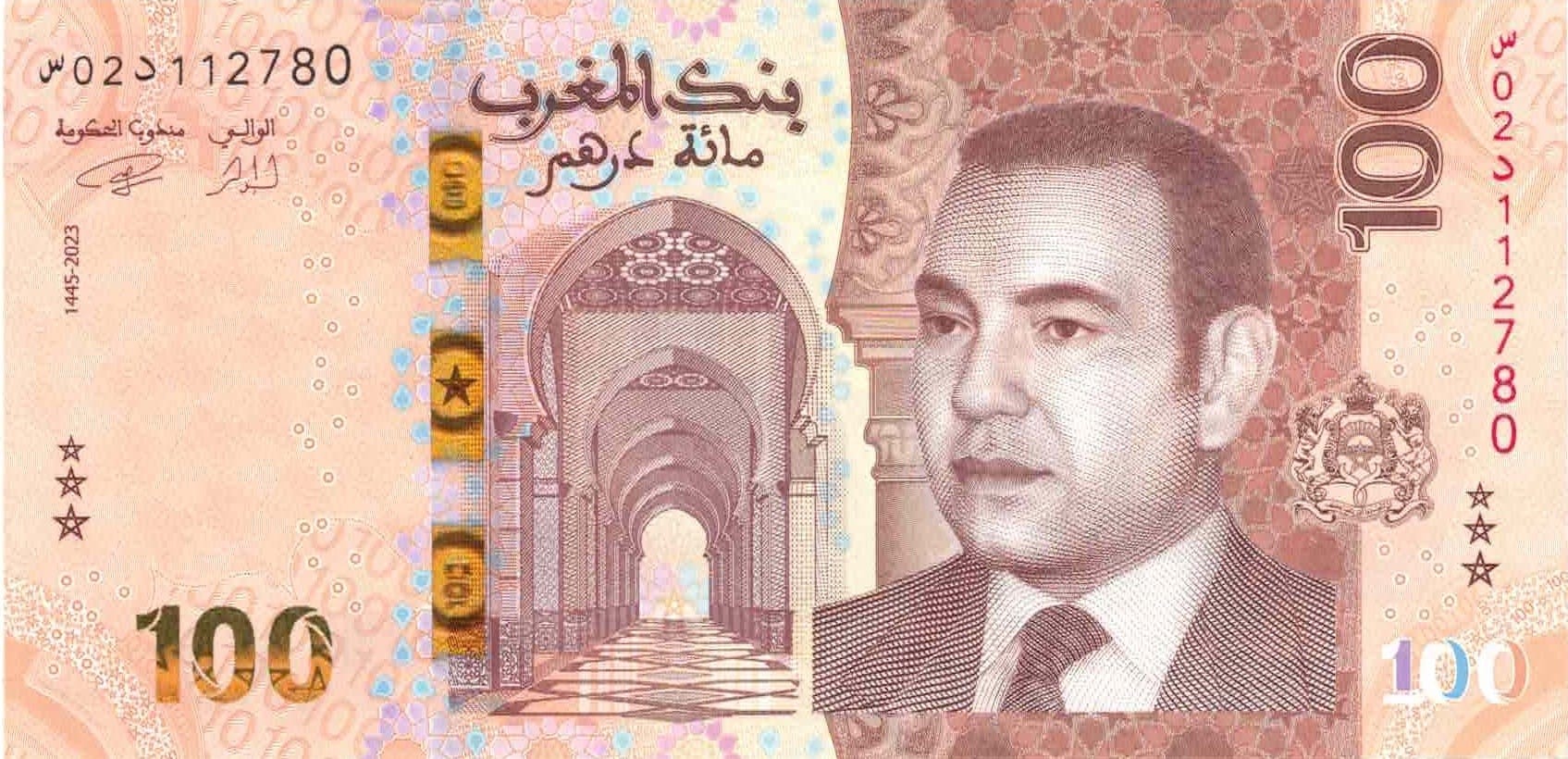
The Moroccan Dirham, with a value of $0.10077, is a heavy hitter in the African currency game. Morocco’s economy is diverse, with agriculture, manufacturing, and tourism all playing major roles. Did you know Morocco has one of the best-established solar energy projects in Africa? This focus on renewables is helping the Dirham’s value rise.
And it doesn’t stop there. Morocco’s strategic location as a gateway between Europe, Africa, and the Middle East makes it an important trade hub. Plus, the country has signed free trade agreements with multiple nations, giving it an edge in global commerce. All these factors combine to make the Dirham one of the most robust currencies in Africa.
2. Libyan Dinar (LYD)
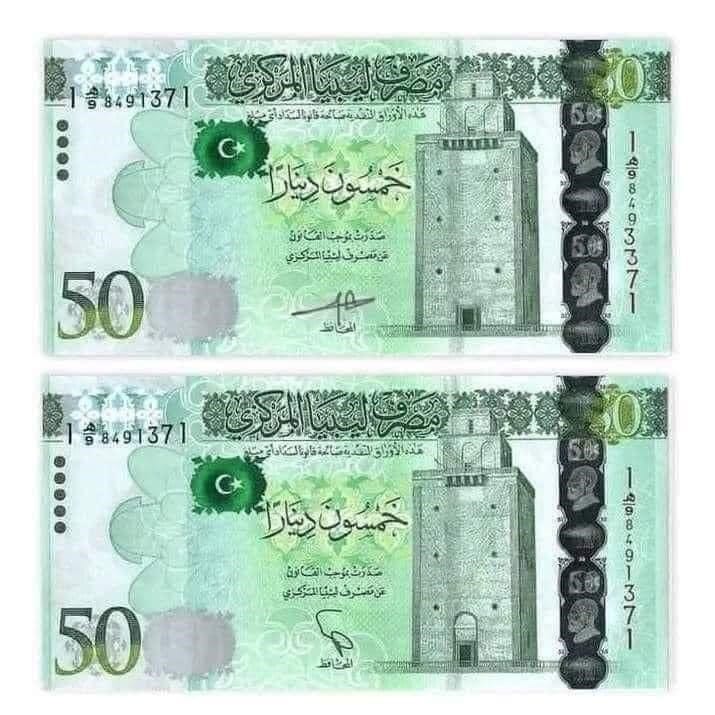
Valued at $0.206008, the Libyan Dinar might be a surprise to some, but the country’s oil wealth keeps it near the top of the list. Libya has some of the largest oil reserves in Africa, and despite political instability, the country’s oil exports continue to generate massive revenue.
The Dinar's strength reflects the country’s natural wealth and the government’s push to stabilize the economy. Libya’s efforts to improve its governance and attract international investment are slowly paying off, keeping the Dinar strong in the international market.
1. Tunisian Dinar (TND)
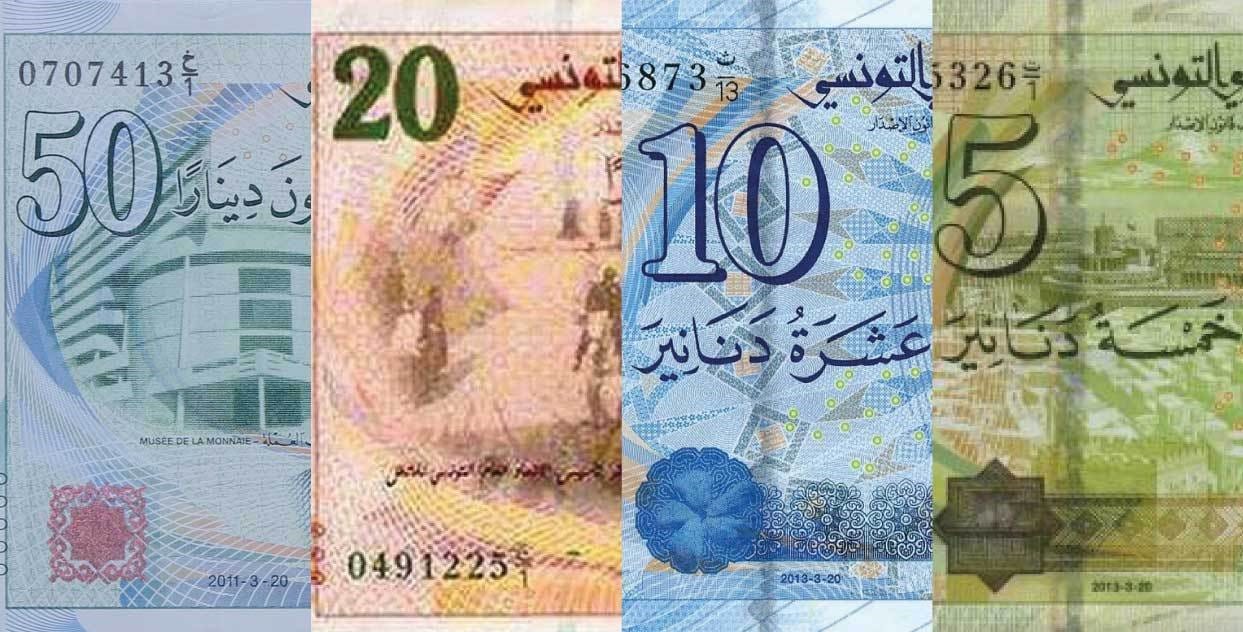
And here we are—the king of African currencies, the Tunisian Dinar worth $0.3196. Tunisia has managed to keep its currency at the top thanks to a combination of strategic policies and strong economic sectors. The country’s proximity to Europe and its growing industries, including agriculture, tourism, and manufacturing, have played a huge role in the Dinar’s value.
But it’s not just about what Tunisia exports—it’s about innovation. The Tunisian government has been focusing on fostering innovation, supporting small businesses, and diversifying the economy. With all these factors in play, the Dinar remains the strongest currency in Africa for 2024.


Related News
Top 10 African Nations with the Most Currency Devaluation in 2025
Mar 31, 2025
Top 10 African Countries Redefining Tourism for the World in 2025
Mar 29, 2025
Top 10 African Countries Setting Standards for Clean Cities in 2025
Mar 27, 2025